How to Make Water Safe in an Emergency
When an emergency strikes, it’s not uncommon for your drinking water to become contaminated and unfit for you to drink. Depending upon the severity of the emergency, it could be several days before your water supply problem is fixed. That’s a problem considering you can only survive a few days without water. Would you know what to do if your local grocery store was completely out of stock of bottled water? In case you missed this post, Bottled Water: Is It Safe to Drink?
“Prepare Your Family For Survival” by Linda Loosli
Beware Of Your Local Water Supply
Bruce, a reader reminded me about our water being contaminated. I sometimes forget the fact that I NEVER use our local water supply. I mean never. Yes, I use it to water my garden, but that’s it. Mark and I lived in a city called Farmington, Utah back in the 1980s. I started noticing the water was yellow. Then I grabbed a white coffee cup and filled it with water from the faucet in our kitchen.
It was yellow, and I couldn’t drink it or cook with it. I took the cup down to the city to ask why they thought the water was yellow. They said the water was fine. I showed my neighbors. We started to talk about the yellow water. AND then we started counting all the families that were affected by cancer. We calculated the people with cancer and who had died from the disease. It was every third home. A friend in South Farmington, Utah contacted the local news station. His wife had died from cancer. We all had questions, none were answered.
I started using water in the 5-gallon bottles. Then I learned the 5-gallon bottles of water were stored outside in the sun. WHAT? It’s not safe to store water in the heat outside. Good grief. Now, I only use Reverse Osmosis Water, period. Yes, you have to change the filters once a year and clean the tubes. I can handle that. I can’t handle tainted water.
How to Make Water Safe in an Emergency
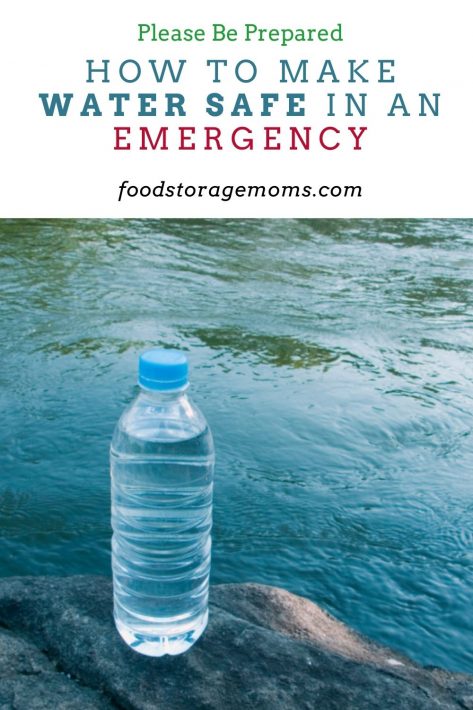
If it comes down to it, you can still use that water for your drinking purposes. Sounds disgusting when you think about all the bacteria and viruses that may be floating around in it.
All you need to know how to do is to make it clean by killing those undesirables so that you’re left with water that’s safe to drink. I’ll cover with you several different methods, whether it’s boiling water, filtering, distilling, or using disinfectants to clean your drinking water. Continue reading on to find out how to make water safe in an emergency.
Boiling Water
Boiling water is probably one of the easiest and most effective ways to make water safe to drink. That’s because extreme heat kills nearly all bacteria, viruses, and disease-causing parasites that may be lurking about undetected. Some people complain that water that’s been boiled has a flatter taste to it, but you can fix this problem by adding a pinch of salt to every quart of water that you boiled, or switch it to another container and allow it to sit for several hours.
What if the water is cloudy?
If there’s noticeable cloudiness to your water, you’re going to want to filter the water through a coffee filter or a tightly woven cheesecloth to remove any undesired particles and sediments. You may have to repeat this process one or two more times if the cloudiness persists.
Boiling clear water
Once the water is clear, move it to a pot on the stove and bring the water to a rolling boil for one minute. (For those living at an elevation of more than 5,000 feet, boil for a minimum of 3 minutes) Then allow the water to return to a cool temperature and then move it to a clean container that can be sealed tight.
Cleaning Water Using Disinfectants
When you don’t have the luxury of bottled water and boiling water is also not an option, using disinfectants is another method that you can use. Using disinfectants such as chlorine or bleach will kill most viruses and bacteria, though not all. Giardia and Cryptosporidium are two types of parasites that can resist and survive following a disinfectant treatment. You also shouldn’t use disinfectants to treat water that’s been contaminated with a chemical. It won’t make the water drinkable.
Using Chlorine Bleach
What if the water is cloudy?
First, pour the water through a coffee filter or paper towel to remove the cloudiness from the water. You may have to repeat this process one or two more times. If the cloudiness is still present, follow the steps below.
Adding disinfectants to your clear water
Follow the instructions for drinking water on the back of the label of your bleach. Be sure that you are using bleach that’s unscented and a concentration of 1% or 5% to 6% sodium hypochlorite. If there are no instructions for drinking water anywhere on the label you’ll need to follow these steps accordingly.
When using a 1 % concentration of sodium hypochlorite
For every quart of water, you’ll need ⅛ teaspoon of bleach. If you’re using a medicine dropper, you’ll need to add 10 drops of bleach. If you’re using a gallon of water, you’re going to need to add ½ teaspoon of bleach, or 40 drops of bleach when using a medicine dropper. Stir it well and allow it to sit for at least 30 minutes.
If the water still has a murky or colored appearance or happens to be very cold, simply double the amount of what’s listed above.
When using 5%-6% Sodium Hypochlorite
If you’re using 5% to 6% sodium hypochlorite you’ll need to use the following guidelines. For every quart of water that you use, you’ll need only 2 drops of bleach added using a medicine dropper. When you’re purifying a gallon of water, you’ll need to measure out ⅛ of a teaspoon of bleach. Using a medicine dropper you’ll only need 8 drops of bleach added to the water. Mix it well and then allow it to sit for at least 30 minutes.
If you notice that the water is discolored or murky, or very cold, go ahead and double the amount of what’s recommended above.
Using Filters
Water filters are another option when you’re looking to make water safe to drink during an emergency. Make sure that you get one that has a filter pore size-tiny enough to remove parasites. But you should be advised that most portable water filters out there do not remove all viruses and bacteria from the water. The Lifestraw Go Filter is amongst the best out there that won’t break the bank like some of the other water filters that are being sold.
Make sure that you read the manufacturer’s instructions before you use your water filter and then follow up by using a disinfectant such as chlorine, iodine, or chlorine dioxide to kill the remainder of bacteria and viruses that may still be present.
Distilling your water
There’s also the practice of distilling water to make it safe and drinkable. You do this by boiling the water and then gathering the steam in a separate clean container where it then turns back into the water. Here’s more on the process of distilling water.
With the shortage of distilled water, you may want to invest in one of these, Home Water Distiller
Final Word
These are just a few of the many ways that you can make water safe for drinking when you’re facing an emergency. I’d recommend boiling water above all the rest, but if that’s no longer an option because you’ve lost the fuel sources to heat the water to a high enough temperature, these other methods mentioned will also do the trick. How do you make water safe in an emergency? May God Bless this world, Linda.
Copyright Images: Pure Drink Deposit photos_3142227_s-2019

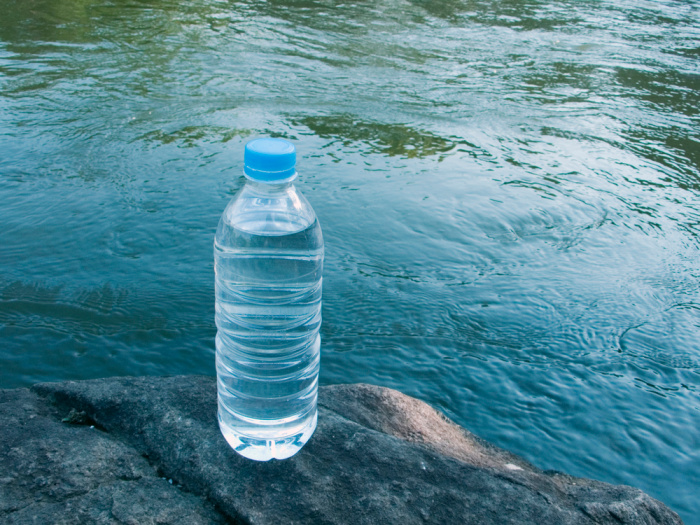

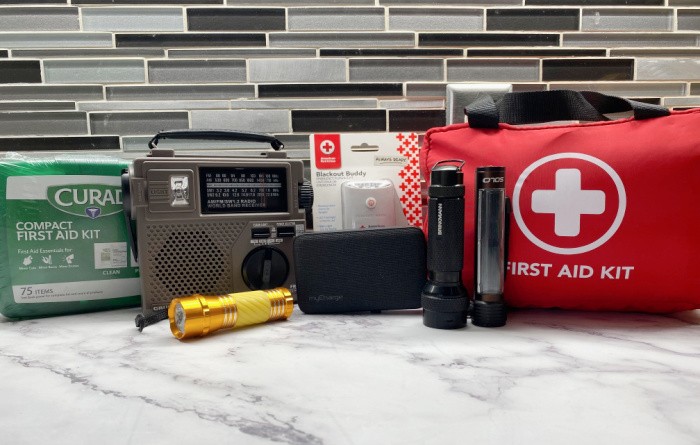
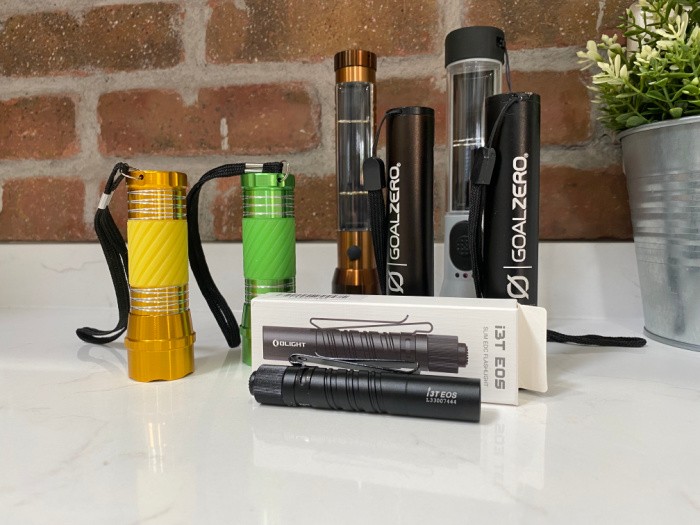
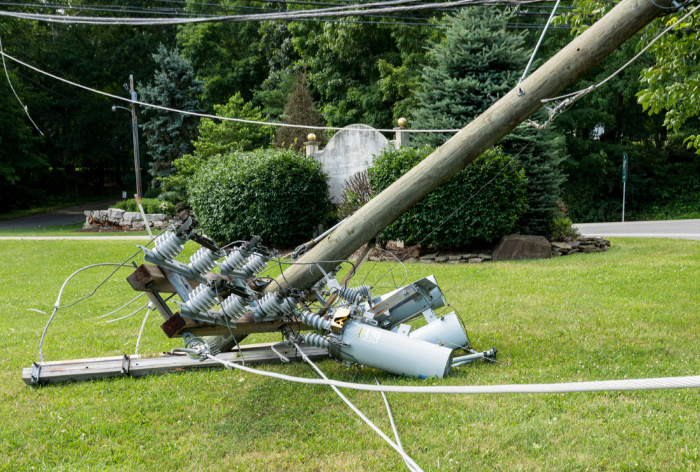
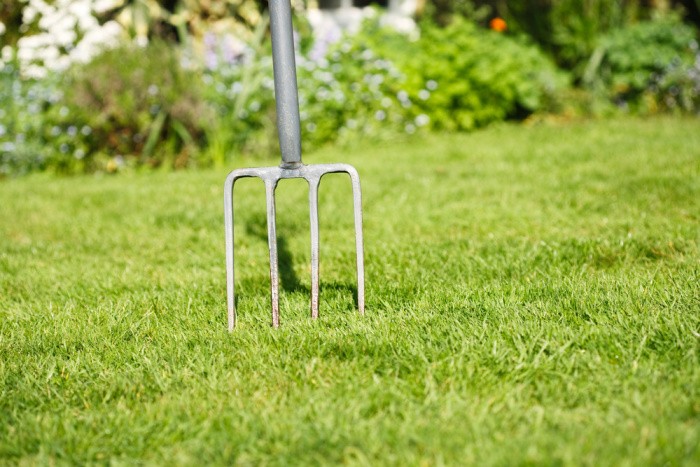
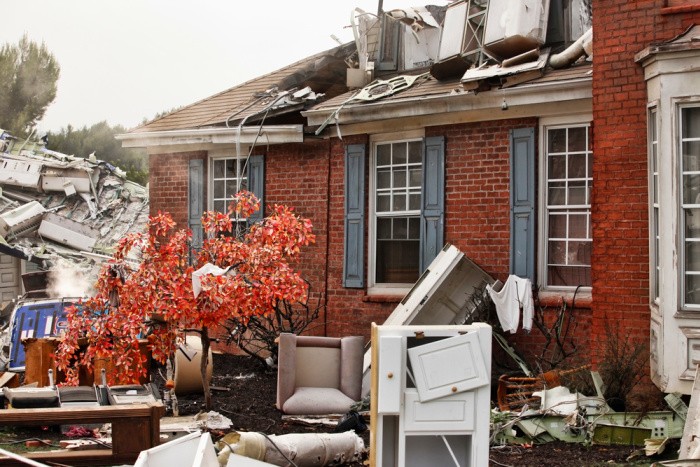
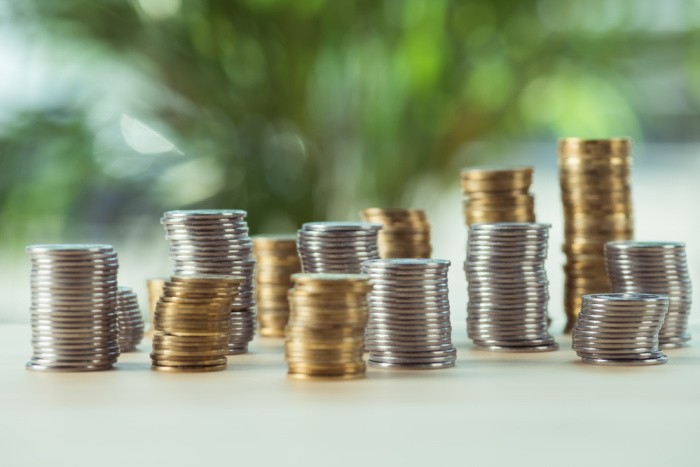













Seems like all the water ‘purification’ tips I read (with the exception of distilling) over look the possibility of out water supply being contaminated with chemicals. Even the majority of water filters don’t address the chemicals risk, but they’d probably be fine for filtering rain water out of a tub in the yard, or a stream?
Hi Bruce, contaminated water is my biggest fear. I live in Utah and we have had contaminated water more than people may realize. And not just in Utah. I have reverse osmosis because I don’t trust our water supply. I haven’t used culinary water for 25 years. I took some water into a Farmington, Utah water distribution and showed them a white coffee cup with yellow water in it. I asked if they could explain the color of the water. They didn’t offer to test the water, they said Farmington City water is fine. THEN, the neighborhood started counting the number of cancer patients in Farmington, Utah. It even made the nightly local news. But it didn’t matter, people are still getting cancer and dying from it in that city. I’m glad you brought this to my attention, I need to go add that. Never ever trust your local water supply even in the best of times. Linda
For lake water or other water sources, the first thing I’d do is filter it. Then distill it. You can distill it without still. Google it and see the ways to do it. I’ve seen it, but don’t remember all the steps and such. Since we do have a still, it didn’t seem that important. But, I think I’ll check anyway. You never k ow what will happen or when.
Hi Deborah, we need water big time. We must practice ways to be prepared with water. Linda
So very true! We also need to be conservative in our use of water. We have a 7-way filter on our kitchen sink. This is what I drink and cook with. We also have a Brita type picture filter with extra filters. But, even though I have the picture, I’ll still pre filter and boil the water before I filter it in the picture if I use it. You just can’t be too cautious with water and food. Just my opinion.
We haven’t been on city water for over 40 yrs. We get our water out of the river we live by. We have found it cleaner than using a well because the people that buit our house( we converted an old dairy barn where we have a shop in the basement, the main floor for living and the upper is a gym for basketball, rock climbing,etc) dumped all their old car parts in the soil below our garden area. We have 3 filters on our water and have had it tested. It is very clean and safe. All of us along the river do this. The last time we were on city water was when we lived in CA. I am allergic to hard metals, so I have no trouble with the way we do it. Our barn was buit in 1929. City water is terrible!
Hi Cheryl, oh how I LOVE your comment! I think sometimes we trust the government to do things in our best interest. The bad thing is money, greed, and ego get in the way. We must look out for ourselves. How awesome that you have really good water. Not many people can say that. I can picture your home, love the idea of taking a barn and converting it! You rock! Linda
I save the lint from my clothes dryer trap in plastic coffee tubs. Add Vaseline to a wad of lint and can light it in the rain! Also need LARGE Containers of Vaseline in ANY prep kit.
Hi Mary, a great reminder why we need to stock Vaseline! LOVE it! Linda
I just got a Brita water bottle with filter. And replacement filters. One filter will filter 300 bottles of water. I haven’t used it yet. I also have a couple of life straws and a mini sawyer water filter. Plus a small still for distilling water. Of course I could also make liquor if necessary. I have some water purifying drops as well. With the world the way it is, I can’t be too prepared to purify my water.
Hi Deborah, good job, look at you! Way to go. I have to have good water to drink. We can’t be too prepared to purify our water is so right! Linda
I do want to get some regular charcoal, not the kind that has starter already in it to filter water. I have access to good fine sand and pea gravel. That way I can filter water before distilling it. Oh, and coffee filters. I’ll need coffee filters to keep the sand out. LOL
Hi Deborah, I say however we can filter our water safely, do it. Linda
That is only if I can’t get water out of my faucet. Hope for the best, prepare for the worst!
Hi Deborah, we all take for granted that water from the faucet!! Linda